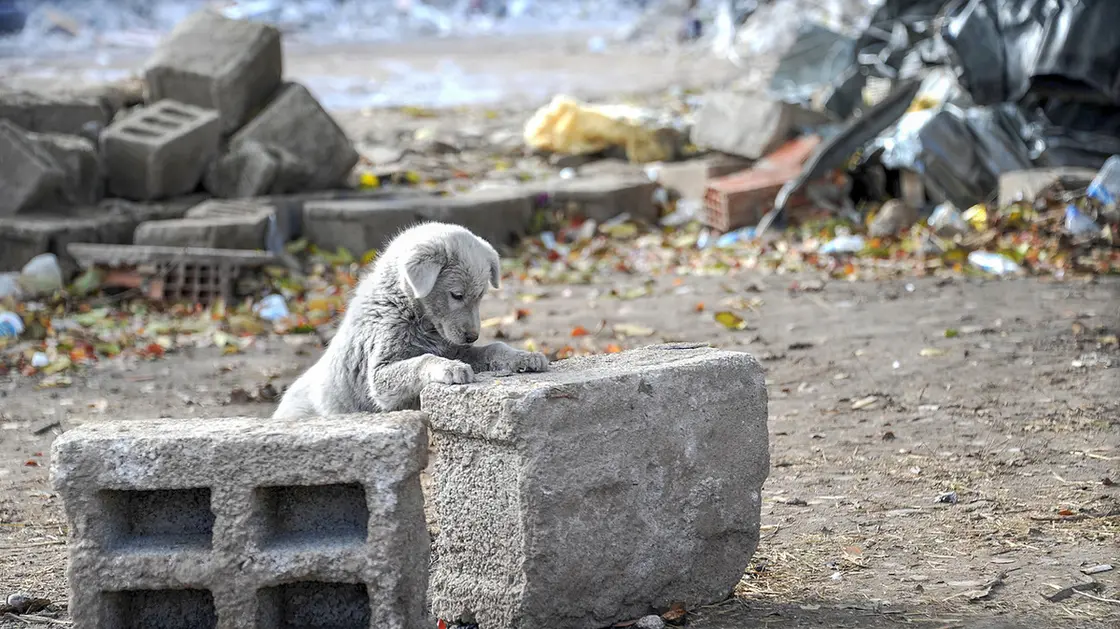The Recent Destructive Earthquake in Morocco Raises Concerns About Earthquake Risks Worldwide
The devastating earthquake that struck Morocco on Saturday, resulting in hundreds of casualties and entire families trapped under rubble, has sparked fear and anxiety about the possibility of similar disasters occurring anywhere on Earth, people are contemplating potential scenarios of widespread destruction, questioning whether the Earth’s crust has already developed significant fractures.

Earth, in general, has experienced a record number of earthquakes and aftershocks since the beginning of the year.

The latest seismic event was the powerful earthquake that hit Morocco early today, measuring 7 on the Richter scale, followed by hundreds of aftershocks.
Morocco’s Ministry of Interior announced that the earthquake, centered in the region of Ighil in the Haouz province, caused the collapse of numerous buildings in Haouz, Marrakech, Ouarzazate, Azilal, Chichaoua, and Taroudant.
Moroccan media described this earthquake as the most powerful one ever recorded in the kingdom, and cries for help have intensified from beneath the rubble in various Moroccan cities.
The violent earthquake caused significant material damage, as shown in images and reports from local press and social media.
Typically, earthquakes occur near the boundaries of tectonic plates and active faults.
Earthquakes frequently happen more often than we hear about, estimated at around 100,000 per year, however, only a fraction of them become devastating earthquakes posing a threat to human lives and structures.
These significant earthquakes result from significant movements in the Earth’s crust at shallow depths, while the number of notable earthquakes in a year usually exceeds one hundred or less.

According to Professor Nikolai Shtastakov, a geospatial resources monitoring and development expert at the Far Eastern Federal University, he explained the behavior of earthquakes simply, stating, “Let’s imagine the Earth as a sandwich composed of different layers.
The upper part is Earth’s crust, with a small thickness ranging from about 10 to 100 kilometers, which is negligible compared to Earth’s radius, approximately 6,371 kilometers, the Earth’s crust is divided into plates, and these plates are continuously moving in relation to each other.
There are several types of plate interactions, in some areas, plates collide, and in convergent plate boundaries, mountains tend to rise, the Himalayas, for example, are a vivid example of this.”
As the Russian academic further explained, “In some areas, plates move apart, and these are called divergent boundaries, in subduction zones, when plates collide, one plate sinks beneath the other, causing earthquakes continuously.
Some plates move parallel to each other, Earthquakes occur along plate boundaries, inside the plates, if earthquakes happen, they are less significant and very rare.”
What is encouraging, however, is that scientists have determined that massive earthquakes, especially deep-sea earthquakes, release energy due to the friction of tectonic plates.
According to precise scientific calculations, the amount of energy capable of “shredding” the Earth could potentially result from an earthquake 53,000 times more powerful than the most devastating earthquake ever recorded in human history.
This means that we are still far from the earthquake that could cause Earth’s destruction.
The five most powerful earthquakes recorded by humans to date are as follows:
1. Kamchatka Earthquake, with a magnitude of 9.0, occurred in November 1952, this earthquake, which happened near the converging boundaries of tectonic plates in the Pacific Ocean, generated a massive tsunami, causing destruction in the Kuril Islands and Kamchatka.
2. The 2011 East Japan Earthquake with a magnitude of 9.1 triggered one of the most destructive tsunamis in human history, claiming 20,000 lives.
3. The 1964 Alaska Earthquake, measuring 9.2, occurred in spring 1964, fortunately, there were no human casualties because the region was sparsely populated.
4. The 2004 Indian Ocean Earthquake with a magnitude of 9.3 had a devastating impact on Indonesia, resulting in nearly a quarter of a million casualties due to the ensuing tsunami.
5. The Great Chilean Earthquake in 1960, with a magnitude of 9.5, not only caused the most destructive aftershocks but also triggered a massive tsunami that inundated almost the entire Pacific Ocean coast.

